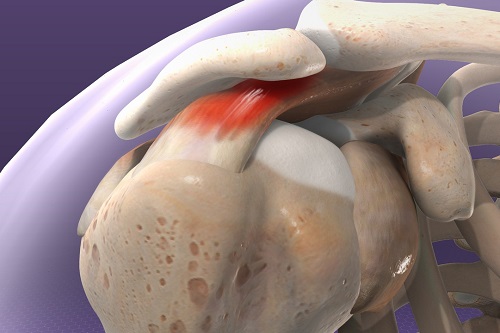Procedures For Shoulder Impingement

Shoulder arthroscopy serves as a versatile tool for both diagnosis and treatment of various shoulder issues, including:
Rotator cuff problems: This may involve tears in the tendon or its detachment from the arm bone.
Shoulder instability: This occurs when the shoulder joint becomes loose, potentially leading to dislocation of the arm bone from the shoulder socket.
Shoulder impingement: This condition involves bone spurs or inflamed tissues hindering shoulder movement.
To accurately diagnose these issues, your doctor may recommend imaging tests such as x-rays or MRI scans.
What are the benefits?
In comparison to open surgery, a shoulder arthroscopy typically results in:
- Less pain and stiffness
- Fewer complications
- Shorter hospital stays
- Faster recovery
How do I prepare?
Prepare your home environment to accommodate activities of daily living using your non-operated arm and hand.
Adhere strictly to the instructions provided by your surgical team regarding dietary restrictions before the surgery to minimize anesthesia-related risks. Failure to comply may result in a postponement of the procedure.
Inform your doctor about all medications you are currently taking, including prescriptions, over-the-counter drugs, inhalers, patches, vitamins, and herbal supplements. Some of these medications may need to be temporarily discontinued before and after the surgery.
Ensure you have a large shirt with front buttons available to wear home, eliminating the need to pull a shirt over your head post-surgery.
